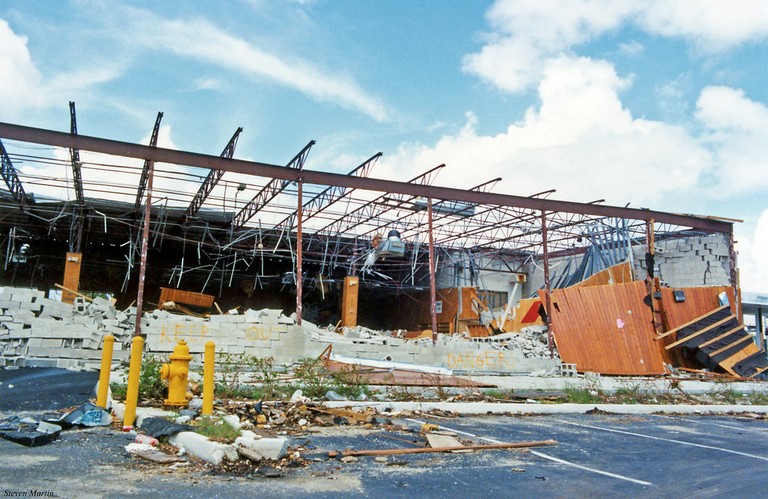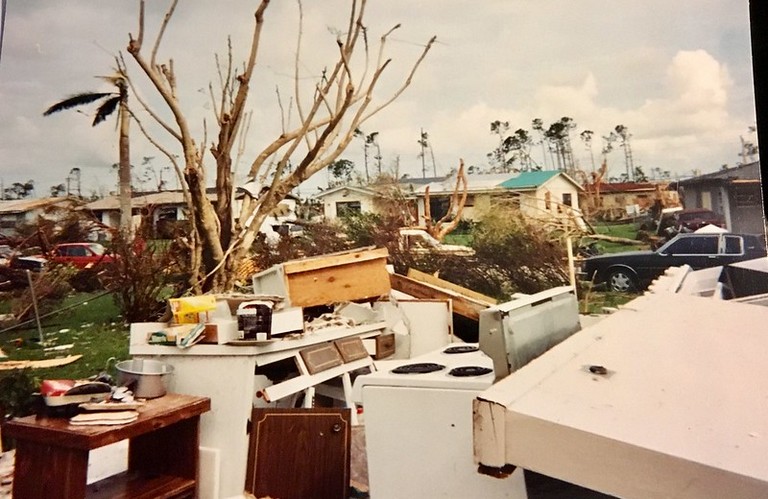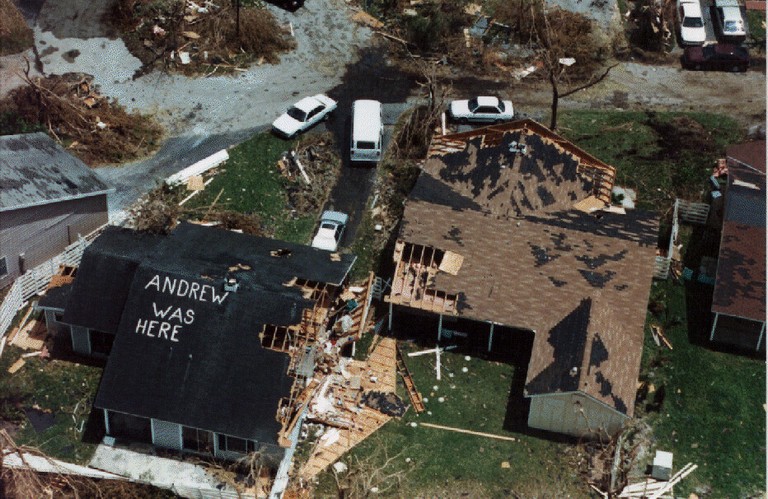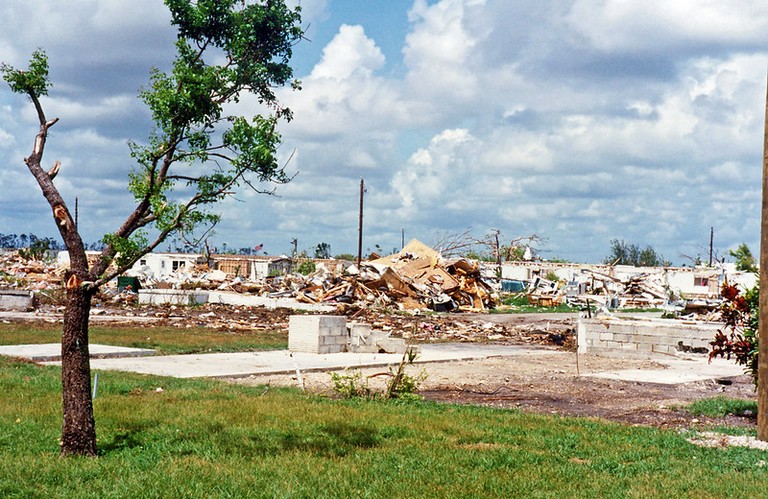Hurricane Andrew – August 1992

Certainly! Hurricane Andrew was a powerful and destructive tropical cyclone that struck the Bahamas, Florida, and Louisiana in 5 AM on 24 August 1992. The storm originated from a tropical wave over the Atlantic Ocean and rapidly intensified into a Category 5 hurricane on the Saffir-Simpson Hurricane Scale. On August 24, 1992, Hurricane Andrew made landfall in Eleuthera, Bahamas, causing significant damage with its strong winds and storm surge.

After crossing the Bahamas, Andrew turned towards the United States, making landfall in Florida on August 24, 1992, near the town of Homestead. The hurricane brought devastating winds, reaching up to 175 mph (280 km/h), and a storm surge that caused widespread destruction in the affected areas. Thousands of homes were damaged or destroyed, and many residents were left without power or access to essential services.

The aftermath of Hurricane Andrew was characterized by the massive scale of destruction. The storm caused an estimated $27 billion in damages, making it the costliest hurricane at that time. The devastation prompted changes in building codes and disaster preparedness in the affected regions. The response to Hurricane Andrew also led to improvements in hurricane forecasting and evacuation procedures to mitigate the impact of future storms.

Hurricane Andrew remains one of the most powerful hurricanes to make landfall in the United States and is remembered as a benchmark event that shaped hurricane preparedness and response strategies in the years that followed.








